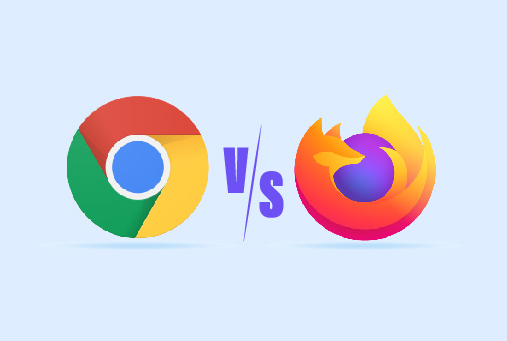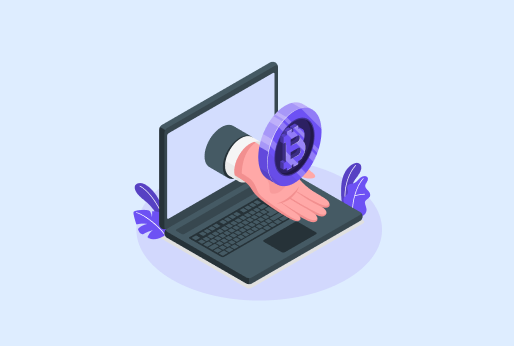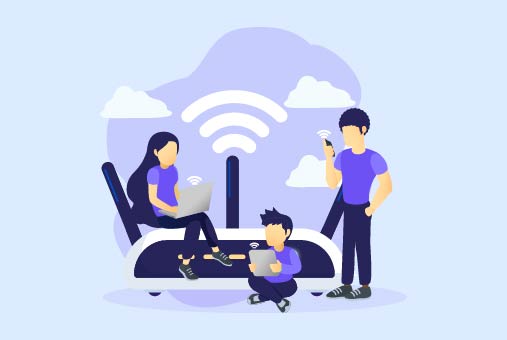Google Gmail Data Breach: What Happened & How to Stay Safe
Are you a Gmail user? If yes, then here’s something very important that you need to know. Your Gmail account could be among those exposed in a huge new data leak.
Security experts have uncovered 3.5 terabytes of stolen information, including 183 million unique accounts and 16.4 million email addresses. You can now check if you’re affected via Have I Been Pwned, a website that monitors major data breaches worldwide. The data is said to come from infostealer malware that harvested login credentials from compromised devices, combined with passwords reused from previous leaks.
Google has stated that its systems weren’t hacked directly, but the breach’s massive scale and details highlight the risks of stolen credentials circulating in dark web markets and fueling phishing or credential-stuffing campaigns. All Gmail users, whether personal or Google Workspace business accounts, are advised to act quickly to protect themselves. I’ll walk you through what actually happened, why it matters, and most importantly, how to lock down your account and stay safe. Ready? Let’s go.
What Actually Happened?
You’re just going through your Gmail, checking work stuff or maybe some cat videos, thinking everything’s safe because Google’s a huge company, right? Then early 2025 rolls around, and boom, reports start coming out about a massive data breach. This wasn’t some small slip-up; it may have exposed login info for more than 2 billion accounts around the world. Yeah, 2 billion, that’s more people than in China and India put together. Cybersecurity folks are saying it’s one of the biggest email breach stories this year, and honestly, it’s easy to see why.
It all traces back to a sneaky third-party app called “Data Tracker” that was lurking in the Google Play Store. This app, which promised to help users monitor their digital footprints, was actually a wolf in sheep’s clothing. Developers behind it had been quietly scraping user data from Gmail accounts that connected to it. We’re talking emails, attachments, and worst of all, harvested credentials like usernames and passwords. This wasn’t some random hack; it was a deliberate setup where the app tricked users into granting broad access permissions. Once in, it siphoned off info over months, compiling a treasure trove of compromised passwords.
How the Breach Came to Light
The breach came to light in February 2025 when a whistleblower tipped off security researchers at a firm called Sentinel Labs. They dug in and found that the app had infected hundreds of thousands of Android devices, but the ripple effect was huge because Gmail is cross-platform. Google caught wind, yanked the app from the Play Store, and issued a statement admitting the oversight. “We take user privacy seriously,” they said, but by then, the damage was done. Hackers had already started trading chunks of this data on the dark web – think forums where cybercriminals swap stolen goods like it’s a shady flea market.
Why This Breach Hits So Hard
Why is this such a gut punch? In the grand scheme of recent data breaches, we’ve seen our share – remember the Equifax mess in 2017 or the massive Yahoo leak? But this data breach Google event feels personal. Gmail isn’t just email; it’s the gateway to your life. That password you use for your bank? It might be the same one here. Compromised passwords mean hackers can try them elsewhere, leading to identity theft, drained bank accounts, or even ransomware attacks on your devices. And with 2 billion potential victims, it’s a large data breach on steroids. Privacy advocates are up in arms, demanding better vetting for apps that touch sensitive services like email.
We’re the Real Weak Spot
Google’s got all the fancy security—two-factor authentication, encryption, the works. But the problem? It’s us. A ton of people hand over full access to random apps without thinking twice, like “It’s just checking my data usage, no big deal.” Next thing you know, your passwords and accounts are hanging out in the open. Stuff like this shows that big breaches don’t always mean hacking some super-secure vault. Sometimes it’s just walking through the back door we forgot to lock.
Is Your Account Safe? What to Do Now
Now, I know what you’re thinking: “Is my account safe? Do I need to change everything?” Breathe easy – not every Gmail user was hit, but if you ever installed a sketchy app or shared access, play it safe. Google sent alerts to affected users, but let’s talk real talk: Check your email for any notifications from Google Security. If you see one, act fast.
Step-by-Step: How to Stay Safe
Alright, enough doom-scrolling. The real meat here is how to stay safe in this wild west of digital threats. I’m not gonna hit you with tech jargon; we’ll keep it simple, step-by-step, like a buddy giving advice.
1. Fix Your Passwords
Compromised passwords are the hackers’ best friend. If you’re still using “password123” or your dog’s birthday (guilty as charged in my early days), it’s time for an upgrade. Go for strong, unique ones – mix uppercase, lowercase, numbers, and symbols. Aim for at least 12 characters. Tools like a password manager (think LastPass or Bitwarden) can generate and store them for you. No more sticky notes under your keyboard!
2. Turn On Two-Factor Authentication (2FA)
Enable two-factor authentication everywhere, especially on your Gmail. It’s that extra code sent to your phone – makes hackers sweat even if they snag your password. Google makes it dead simple: Head to your account settings, search for “2FA,” and flip it on. Pro tip: Use an authenticator app instead of SMS; texts can be intercepted.
3. Clean Up Third-Party App Access
Be a skeptic. Before linking any third-party tool to your email, ask: Do I really need this? Check reviews, but don’t trust ’em blindly – fake ones are everywhere. Stick to official apps, and revoke access to anything fishy. In Gmail, go to “Manage third-party access” under security settings and clean house. It’s like spring cleaning for your digital life.
4. Spot and Avoid Phishing
Phishing is another sneaky beast in email security breach news. Hackers love sending fake emails that look like they’re from Google: “Your account is suspended – click here to fix!” Don’t. Hover over links to check the URL; if it’s not mail.google.com, delete it. Train your eye – poor grammar or urgent tones are red flags.
5. Back Up and Update
In case of a breach, having your important emails exported (Gmail lets you download them via Takeout) can save your bacon. Also, keep your software updated – patches fix vulnerabilities that breaches exploit.
Final Thoughts: Take Control Today
In short, this Gmail leak is a big warning in a year full of cyber attacks. Breaches keep happening everywhere – stores, social media, and now our main way to talk: email. It’s annoying. Why isn’t tech 100% safe? But it’s not just Google’s fault. We all have a part to play.
The good news? You can fight back. Stop using easy passwords. Turn on better security. And, stay alert.
iProVPN encrypts your data for protection against hackers and surveillance. Unblock your favorite streaming platforms instantly with the best VPN for streaming.
Start Browsing Privately!




